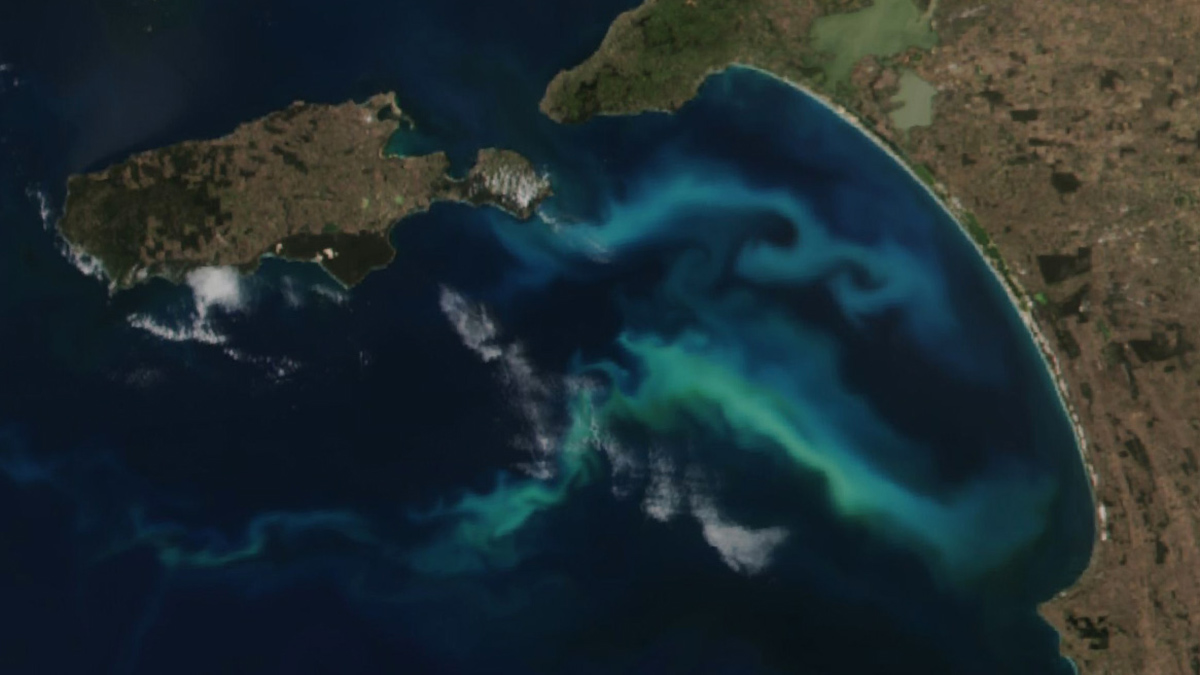Source: Global Biogeochemical Cycles
The coastal ocean helps regulate climate change by acting like a giant sponge for atmospheric carbon dioxide. However, the coastal ocean is also a hot spot that releases nitrous oxide and methane, two other potent greenhouse gases.
In the first phase of the international Regional Carbon Cycle Assessment and Processes (RECCAP) research project, scientists studied ocean carbon cycling but did not consider nitrous oxide and methane emissions. More recently, researchers used limited measurements and statistical gap-filling techniques to estimate the global production and fluxes of these three greenhouse gases. The result was a great step forward in understanding the role of coastal oceans in climate, but the extent to which methane and nitrous oxide emissions offset carbon dioxide uptake is still uncertain.
In the second phase of RECCAP, Resplandy et al. analyzed data from 1998 to 2018 on 77.2 million square kilometers of coastal ocean areas. They found that because of seasonal changes, rates of carbon uptake from the oceans appeared about 60% higher in models than seen in observations, with most of the discrepancies in the middle- to high-latitude areas. The researchers also found that the coastal ocean carbon dioxide sink has increased in past decades, but by how much is uncertain, as estimations from modeling and observations differ.
The team noted that the coastal ocean’s nitrous oxide and methane emissions counteract a substantial part—about 60%, based on observational estimates—of the carbon dioxide uptake. They note that considering all three greenhouse gases, not just carbon dioxide, is an important part of examining ocean-climate processes. (Global Biogeochemical Cycles, https://doi.org/10.1029/2023GB007803, 2024)
—Sarah Derouin (@Sarah_Derouin), Science Writer


